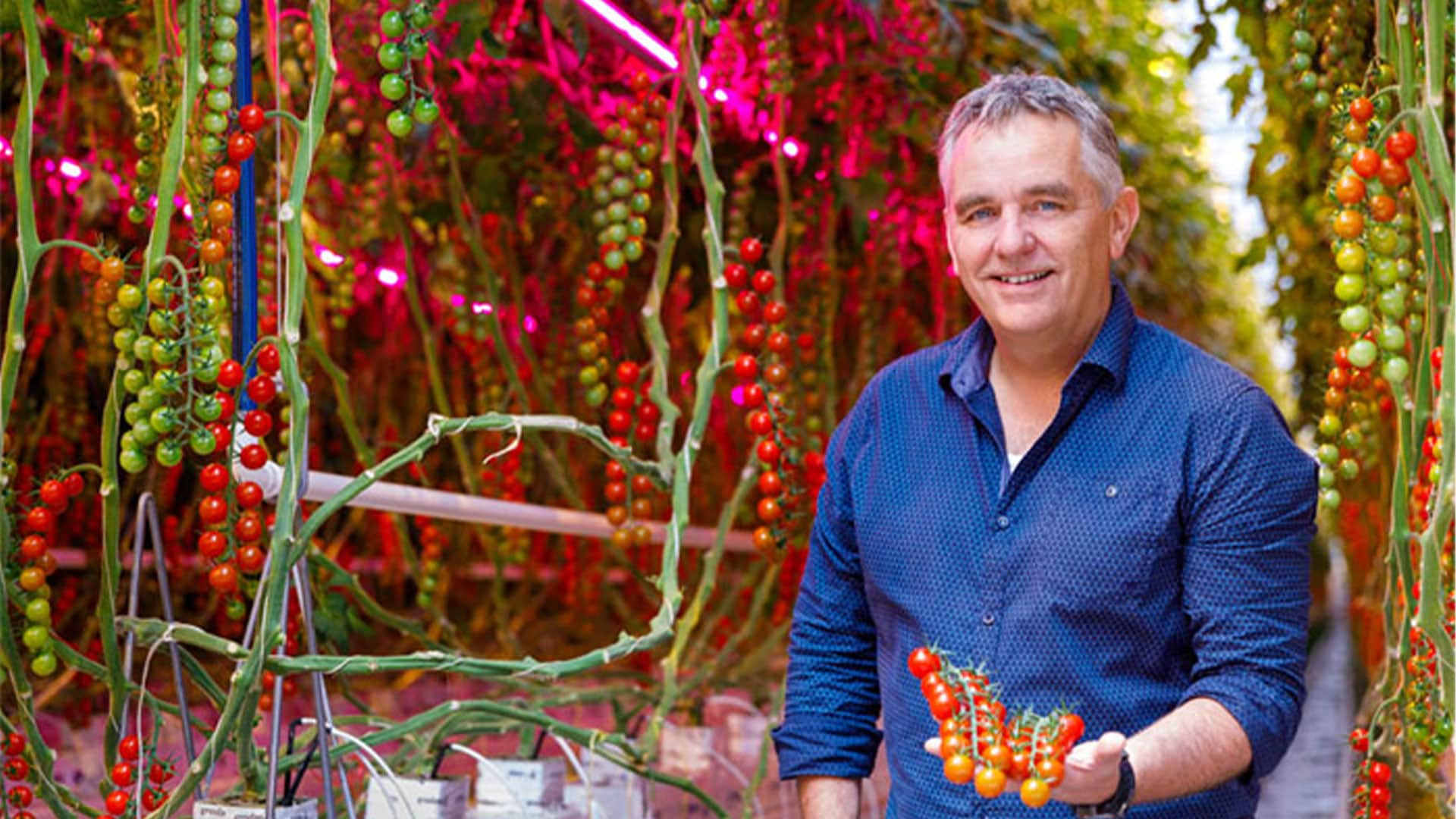Something with a broad spectrum instead of a narrow spectrum the burples produce.
Thing is, white chips are around 3umol now but still lacking anywhere from 300-420nm and 680-760nm.
Some monochromatics can match that efficacy while the 660nm easily top that by +30%.
So the combination of both may lead to
(a) higher system efficacy
(b) broader spectral output
One may just pick the white base chip in another K to compensate for the colour shift when using 660/(730) excessively. To arrive at the same photomophogenic expression (internode length etc). That's all in a nutshell. There's no magic in the spec, well except for the 730nm diode that needs to be handled with care. But it's the raw photon output responsible for carbon fixation (mass acquisition) and the colour recipe dicating the plant architecture.
Many scientific papers use just red/blue 1:10 and it creates the very same macro plant structure as your standard white chip. But when one looks into a detailed tissue sample analysis - there are many differences, how that can affect quality on specific strains is impossible to say. Though it would be kinda important as both - R/B and white - are oftentimes used in studies as control-light. Other studies, on control-light specs, have used 5500k as that comes close to the sun's colour which is around 5775k, or used a customized sunspec (inkl. UVA and FR) but it's still not the same as the sun - the artifical light depreciates much with distances and leaves only FR in the depths, when outside you have the same very high direct sunlight everywhere, and both the diffuse blue-shifted skylight and green-enriched greenlight (scattered away from other foilage), which can have a large effect on phototropism and photomorphology. Inside there's no way to replicate that, so even starting with only half the FR in an electric light will leave a gross R:FR mismatch quickly as compared to outside (influencing the phytochrome stationairy state, in the case of Cannabis as a sunloving plant which reacts harshly to a (bogus) "shadelight" environment...)
But the monochromatic LED tech still doesn't fully use all available wavelengths in the red department so there may be room for further improvement, both seen from an standpoint of increased photon output efficiency and a better plant architecture.





www.lighting.philips.com
